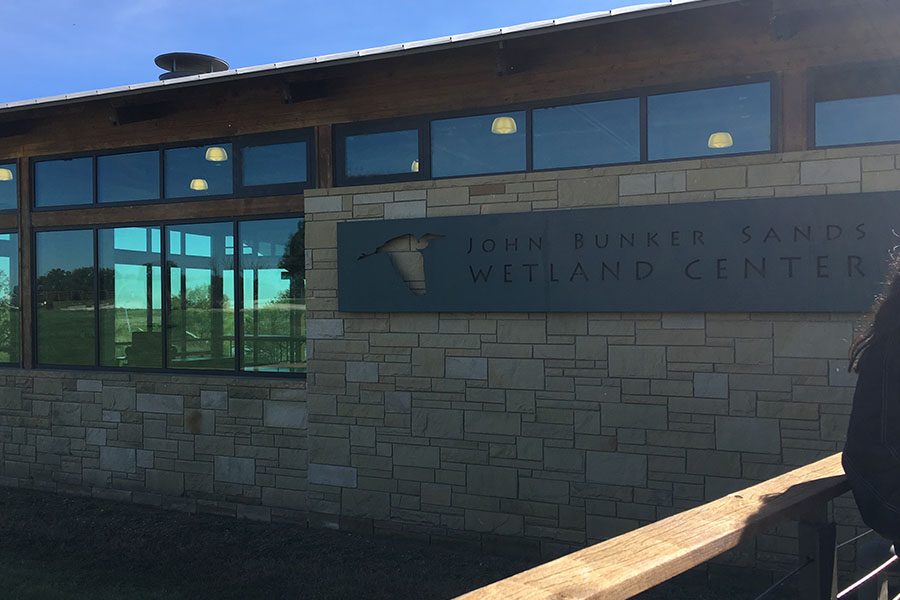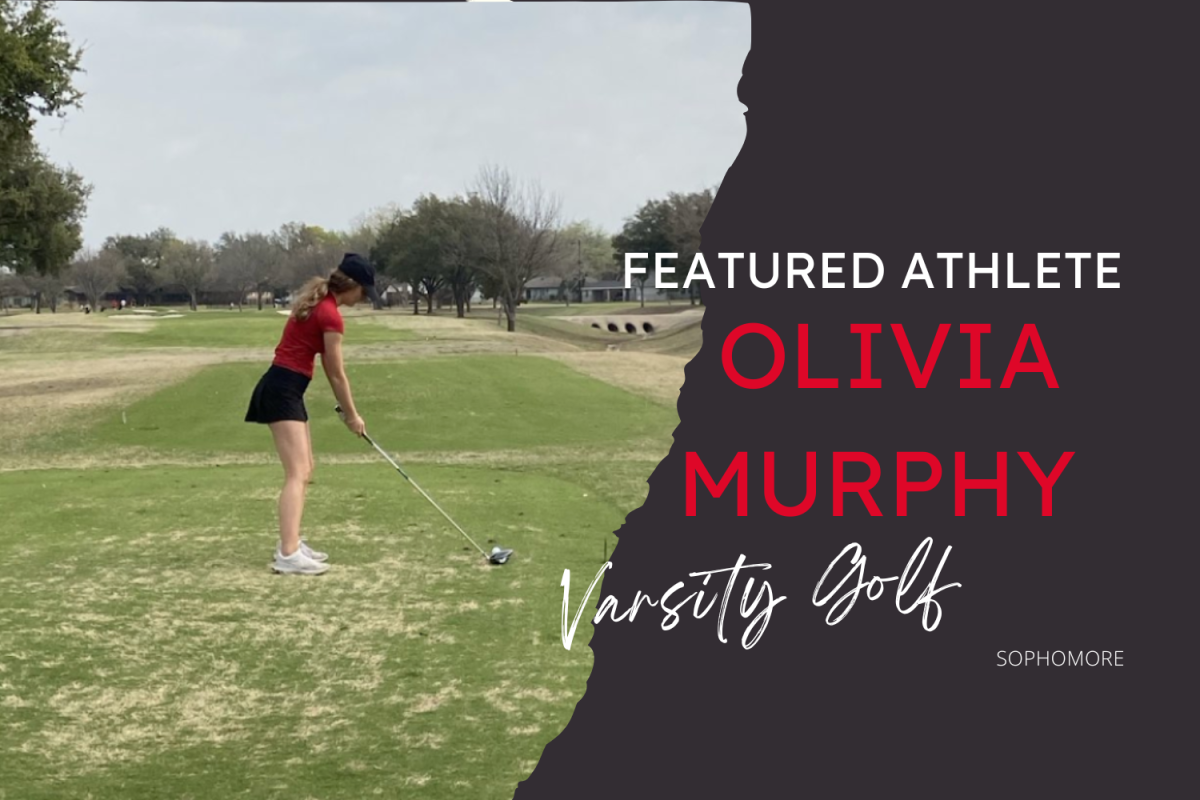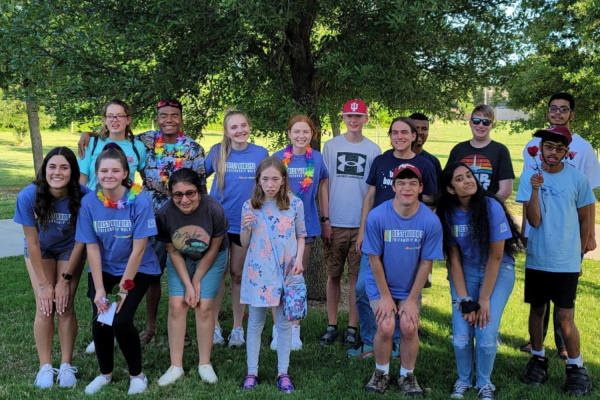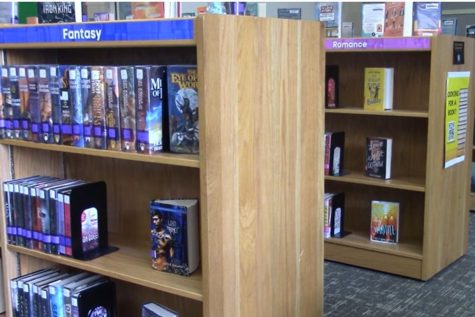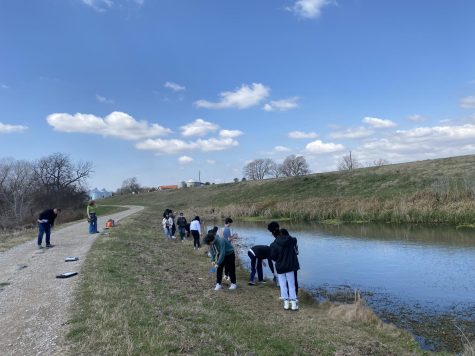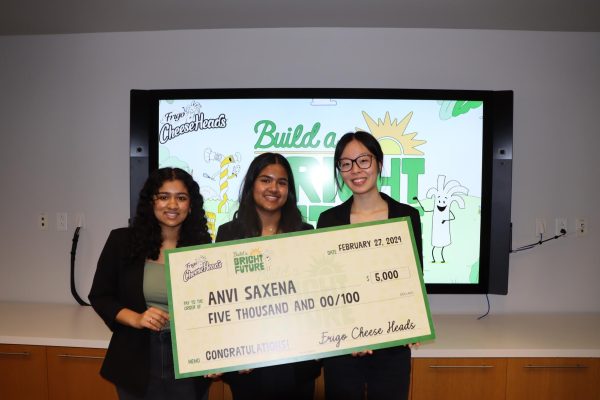The science of water explained to APES students
AP Environmental Science students enter the John Bunker Sands Wetland Center on Thursday and Friday to see their study on water quality come to life. With over three hours of exploration, students were given the opportunity to hear an informative lesson, participate hands on activities, and test water quality with their classmates.
November 5, 2018
AP Environmental Science students spent Thursday and Friday at the John Bunker Sands Wetlands in Seagoville where educator Edith Hilborn talked to students about water and water quality.
“Wetlands clean water,” Hilborn said. “It takes no power, it creates a wonderful habitat, it provides recreation. Things like hiking and bird watching, things like that. They’re very important. They’re also very important for refreshing the Earth, getting the water back down in the soil, those kinds of things.”
The East Fork Wetland Project provides the North Texas Municipal Water District (NTMWD) with over 102,000 acre-feet of water per year; the same capacity of water supplied by Lake Lavon.
“I think that people your age need to know where their water comes from and how it gets cleaned because most people don’t know,” Hilborn said. “You guys didn’t know when you came in this morning where your water comes from. You just turn your faucets on and expect it to be there. The more you know about something, the more appreciative you are of it and the more you want to take care of it so I think knowledge is power in this case where you have to know about it in order to understand it and understand it in order to take care of it.”Students were able to see for themselves how a man made wetland can provide for good water quality by testing its pH, nitrates, phosphates, dissolved oxygen, and turbidity by utilizing tools such as, a water testing kit.”
The Wetland Center educates the public and provides research opportunities in water quality and supply, wildlife management, and wetland systems.
“Man made reservoirs can be very pretty and sustain life,” senior Mary Formichella said. “It shows you how the way you use water and the mistreatment and over usage can affect land and how it also affects wildlife.”
For senior Diya Deepak, the field trip opened her eyes to the importance of water and an understanding of how we get our drinking water.
“The water that we bathed in like a year ago is the water that we will eventually still drink again like a year later,” Deepak said. “I think it’s beneficial because we get to see how it all works and the wetland water. That’s our drinking water in Frisco and it teaches us to not take everything for granted.”



